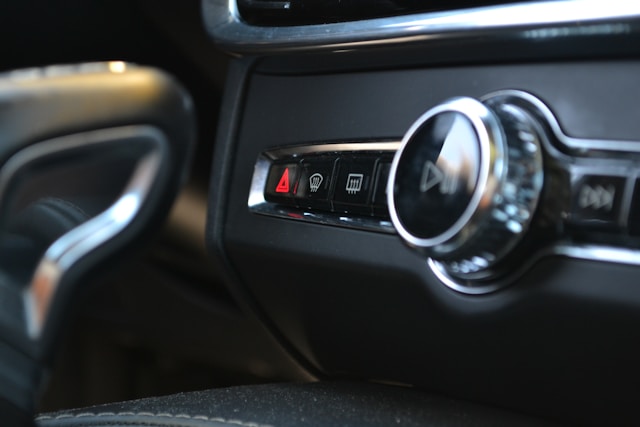Every driver has experienced that sinking feeling when a warning light suddenly appears on the dashboard. The engine is running, the car seems fine, but something is clearly demanding attention. Understanding what these lights mean can be the difference between a minor fix and a major repair bill.

Understanding the Color Code
Dashboard warning lights operate on a simple color system that most car owners overlook. Red lights signal immediate danger and require quick action. Yellow or amber lights indicate something needs attention soon, but not necessarily right this moment. It’s essentially a priority system designed to help drivers make informed decisions.
Red LightsStop and Address Immediately. When the battery light illuminates, the charging system has failed. The car might continue running for another 20 minutes to an hour, but it’s operating on battery power alone. Eventually, the vehicle will simply stop.
The oil pressure warning is perhaps the most critical. Without proper oil pressure, engine components grind against each other at thousands of revolutions per minute. Continuing to drive risks catastrophic engine damage that could cost thousands to repair. The solution is simple: pull over safely and turn off the engine.
A brake system warning light means exactly what it sounds like: something is wrong with the brakes. While it could just be an engaged parking brake, it might also indicate low brake fluid or a more serious issue. Given that brakes are essential for safety, this warning demands immediate attention.
The temperature warning indicates an overheating engine, usually caused by cooling system problems. Driving with an overheated engine can warp cylinder heads or damage gaskets, turning a fixable issue into an expensive disaster.
Yellow Lights: Schedule a Check-Up
The infamous check engine light causes more confusion than any other dashboard warning. It could indicate anything from a loose gas cap to a failing catalytic converter. If the light is steady, drivers typically have a few days to visit a mechanic.
A blinking check engine light, however, usually signals engine misfiring and requires more urgent attention.
Low tire pressure might seem minor, but under-inflated tires wear faster, reduce fuel efficiency, and increase the risk of blowouts.
A persistent traction control light means the system may not function properly on slippery roads. While the car remains drivable, that safety feature won’t activate when needed.
Common Misconceptions
Many drivers assume warning lights always indicate expensive problems. Sometimes the issue is remarkably simple. A check engine light might stay illuminated for a week, causing significant worry, only for a mechanic to discover a loose gas cap. After tightening it and resetting the light, the problem disappears entirely.
Modern vehicles contain numerous sensors constantly monitoring various systems. When readings fall outside normal parameters, the car’s computer triggers a warning light. Occasionally, the sensor itself malfunctions rather than the component it monitors, which is why mechanics use diagnostic tools to read specific error codes.
The Cost of Ignoring Warnings
Postponing action on warning lights often transforms minor issues into major expenses. A small problem flagged early remains manageable and affordable. That same problem, left unaddressed for months, can cascade into damage affecting multiple systems.
Consider a worn wheel bearing that produces a noticeable noise. Replacing it early costs a few hundred dollars. Ignoring it allows the bearing to deteriorate further, potentially damaging the hub assembly, brake components, and suspension parts. What started as a simple repair becomes a thousand-dollar job.

Practical Steps for Warning Lights
- When a warning light appears, drivers should first consult their owner’s manual. Most vehicles include a section with pictures and explanations of each warning light specific to that model.
- Red lights require finding a safe place to pull over immediately. Calling for a tow is far cheaper than replacing an engine.
- Yellow lights allow time to schedule a mechanic appointment within a few days. Most auto parts stores offer free diagnostic scans for check engine lights, providing insight into the problem.
- Paying attention to changes in how the vehicle sounds, feels, or handles provides valuable information for mechanics during diagnosis.
Dashboard warning lights exist to protect both drivers and their vehicles. Rather than sources of stress, they serve as early detection systems designed to catch problems while they remain small and fixable. Responding promptly to these warnings keeps cars running reliably and prevents minor issues from becoming major headaches. When in doubt, a quick call to a mechanic can provide clarity and peace of mind.


